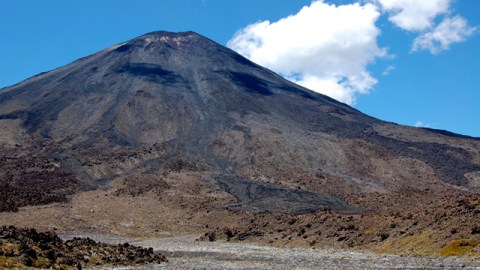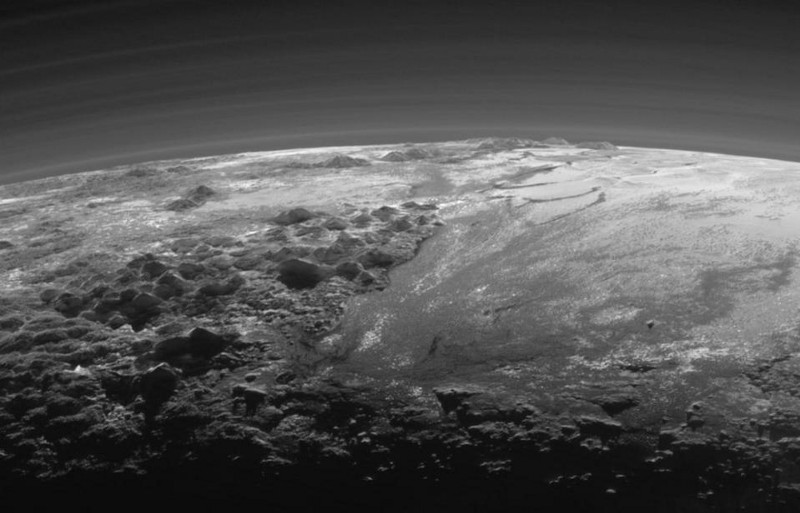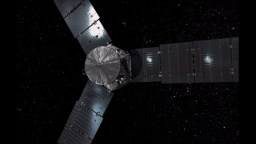NASA Images from Etna and Kliuchevskoi (and more)

Yes, a rare Sunday post, mostly because I’m not sure I’ll have a time tomorrow morning for a post as it will be the first day of the new semester at Denison ~ I’m sure I will have students breaking down my door with questions/requests/demands and all the great stuff that comes with the start of the semester. Actually, the start of the semester isn’t that bad, it does mean work will be picking up again, but at least you enter with a bunch of new students.
Today’s post centers on two new images posted by the NASA Earth Observatory.
The first is from last week’s eruption at Mt. Etna. The MODIS on Terra captured a shot of the white/light grey plume from Etna streaming off to the east. If you click on the main image to the larger image from the eruption, one thing that struck me is just how big Etna is relative to the island of Sicily – at least from what I can estimate from the discoloration around the snow-capped peak. I mean, it is no Mauna Loa in terms of relative size, but it is a large volcano. You can check out a great gallery of images from the eruption at Etnaweb and National Geographic also posted a gallery of images from the mid-week eruption. The latest from INGV Catania suggests that things are pretty calm at the crater pit, but you can always check out the webcam for yourself.
The other image comes from around the planet in the ever-active Kamchatka Peninsula. This ALI image from EO-1 shows the summit region of Kliuchevskoi (as known as Klyuchevskaya – Russian volcanoes tend to have multiple names it seems). You can see the weak steam-and-ash plume drifting off to the northwest along with a small lava flow on the eastern flank of the volcano. Again, clicking through to the larger image, you get stunning snow-covered image of the volcano plus its neighbors like Bezymianny with its breached crater to the south and Zimina directly south of Bezymianny, Tolbachik to the southwest with the flat, snow-filled caldera and finally Udina further south in the image. Just that image alone can give you an idea of the scale of volcano activity on the peninsula. There is a webcam for Kliuchevskoi (along with Bezymianny and Shiveluch), so you too can watch all the Russian action from home.
And some more non-satellite related news in brief:
That is it for now … enjoy the rest of the weekend and I’ll see you in the spring semester!
{Hat tip to all the links provided by Eruptions readers in this post.}
Top left: Ngauruhoe in New Zealand in a January 2009 image by Erik Klemetti. The younger, dark basaltic andesite lava flows are clearly seen on the volcano’s slopes. Ngauruhoe last erupted in 1977. Click on image to see a larger version.




